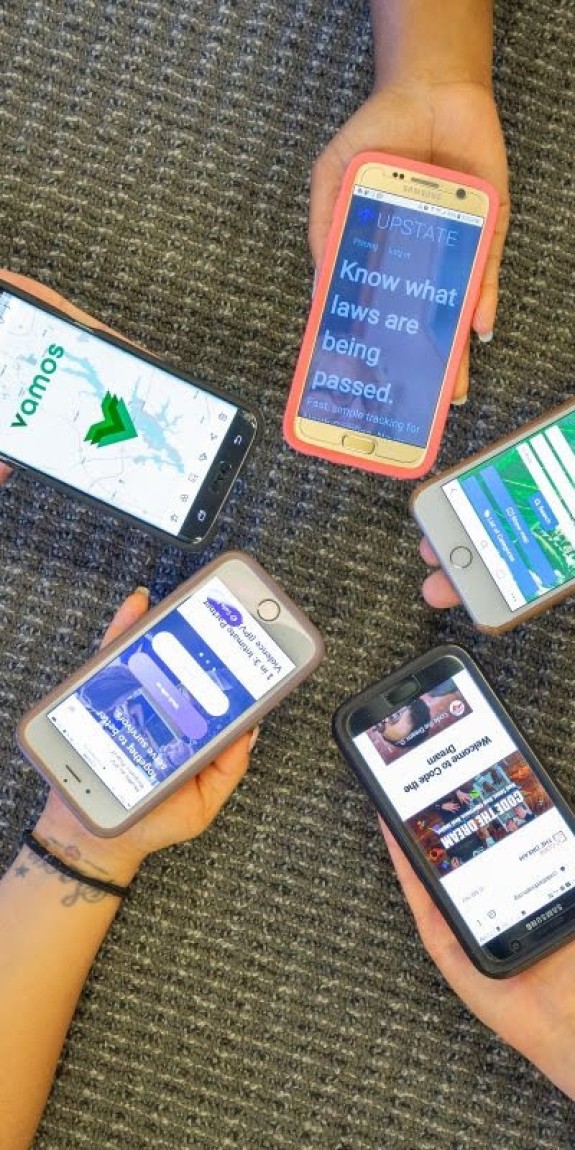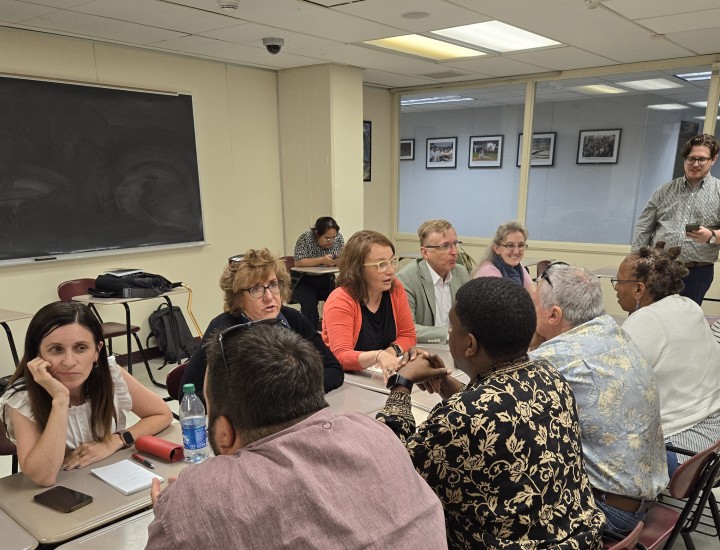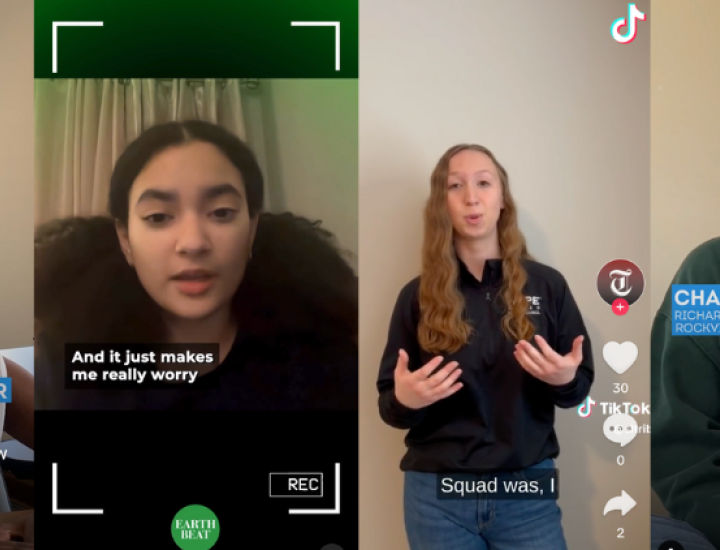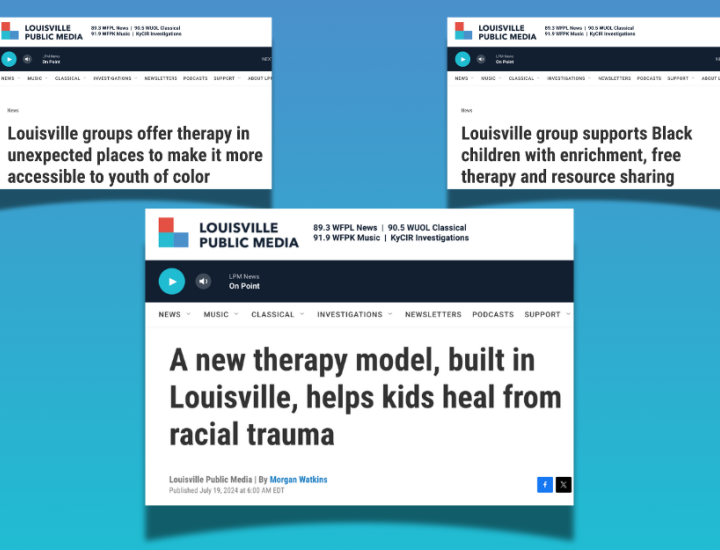Youth Mental Health
As young people report they find traditional news overwhelming, unrelatable, uninspiring and unrepresentative of their generation, the Solutions Journalism Network (SJN) is supporting stories and reporting resources that center youth assets, aspirations and lived experiences of mental health.
Pictured: International student journalists Anna Pratts (left) and Gabrielle Caumon hold flags at St. Edward's. They are reporting on the unique mental health factors international students are facing in 2025 as part of the Student Media Challenge. Photo by Daniel Brannon for Hilltop Views
Student newsrooms are collaborating to cover student mental health through a solutions lens. This video highlights Student Media Challenge projects by Pepperdine University, Fresno State University and Dimelo, the student-staffed bilingual news service at the University of Southern California.
Solutions journalism is transforming communities — and the media industry













